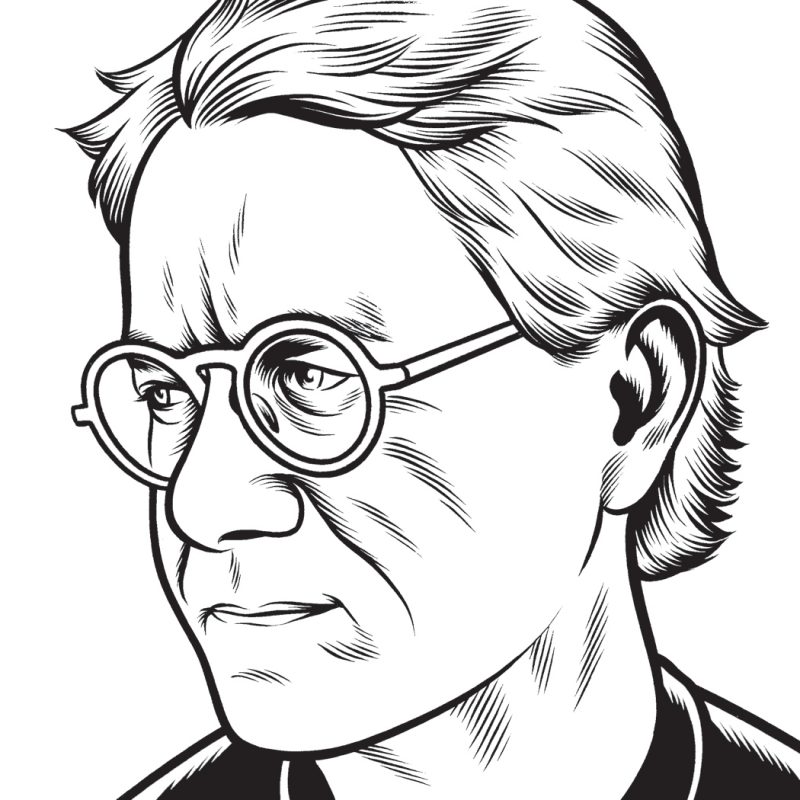(1) Yellow Fever, Yellow Fever (Wild World). From Austin, Jennifer Moore and Isabel Martin play guitar, bass, and sing; Adam Jones plays drums and bass; and the early ’60s meet the early ’80s, neither of which anyone in the band is likely old enough to remember, which is simply to say that despite oldies formats there is no time on the radio. The band’s music is full of air, with brittle Young Marble Giants rhythms—and its humor (quotes from the Jaynetts’ 1963 “Sally, Go ’Round the Roses” and Ben E. King’s 1960 “Spanish Harlem,” plus sexy organ right out of Freddy Cannon’s 1962 “Palisades Park”) is sometimes muffled by Young Marble Giants archness, which has its own charms.
(2) Stephen Thompson, “‘American Idol’ and the Making of a Star” (Morning Edition, NPR, December 23, 2009). For Thompson’s own ideal American Idol song, “On the Wings of Dreaming Eagles,” which you’ll swear you’ve already heard, even if you can’t remember whether it was Clay Aiken or Adam Lambert on season four or season seven.
(3) Woods, “Born to Lose,” from Songs of Shame (Shrimper). There’s a broken, incomplete quality on every song here— something unknowable. But on this number—odd, incomplete, and, at 1:59, unsettlingly short—the name of the album comes into play. The tempo is slow, with bare guitar notes and distantly echoed backing vocals that come across less as voices than memories, or wind. From Brooklyn, Jeremy Earl’s croaked, pleading singing is as spectral as anything else: the testimony of someone whose time has already run out, and who doesn’t think he deserved a minute more than he got.
(4) Ken Maynard, Ken Maynard Sings The Lone Star Trail (Bear Family). With close to a hundred pictures between 1923 and 1945, Maynard (1895–1973) was the first singing Hollywood cowboy. Perhaps because of his high voice, he made only eight recordings, in 1930, with five—“Sweet Betsy from Pike,” “Fannie Moore,” “When the Roundup’s Done this Fall,” “Jesse James,” and “A Prisoner for Life”— released here for the first time, and not one is less than haunted. He could be listening now to Woods’s “Born to Lose,” smiling and saying, too bad they left that off my album.
(5) Gigante, written and directed by Adrián Biniez (Ctrl Z Films). A very quiet movie about a surveillance worker at a huge Montevideo supermarket who falls in love with a floor cleaner while watching her on one of his video screens. He’s enormous and moonlights as a bouncer at a nightclub; she’s not pretty but endlessly appealing; he follows her all over town and beats up people who make catcalls at her....
You have reached your article limit
Sign up for a digital subscription and continue reading all new issues, plus our entire archives, for just $1.50/month.
Already a subscriber? Sign in





